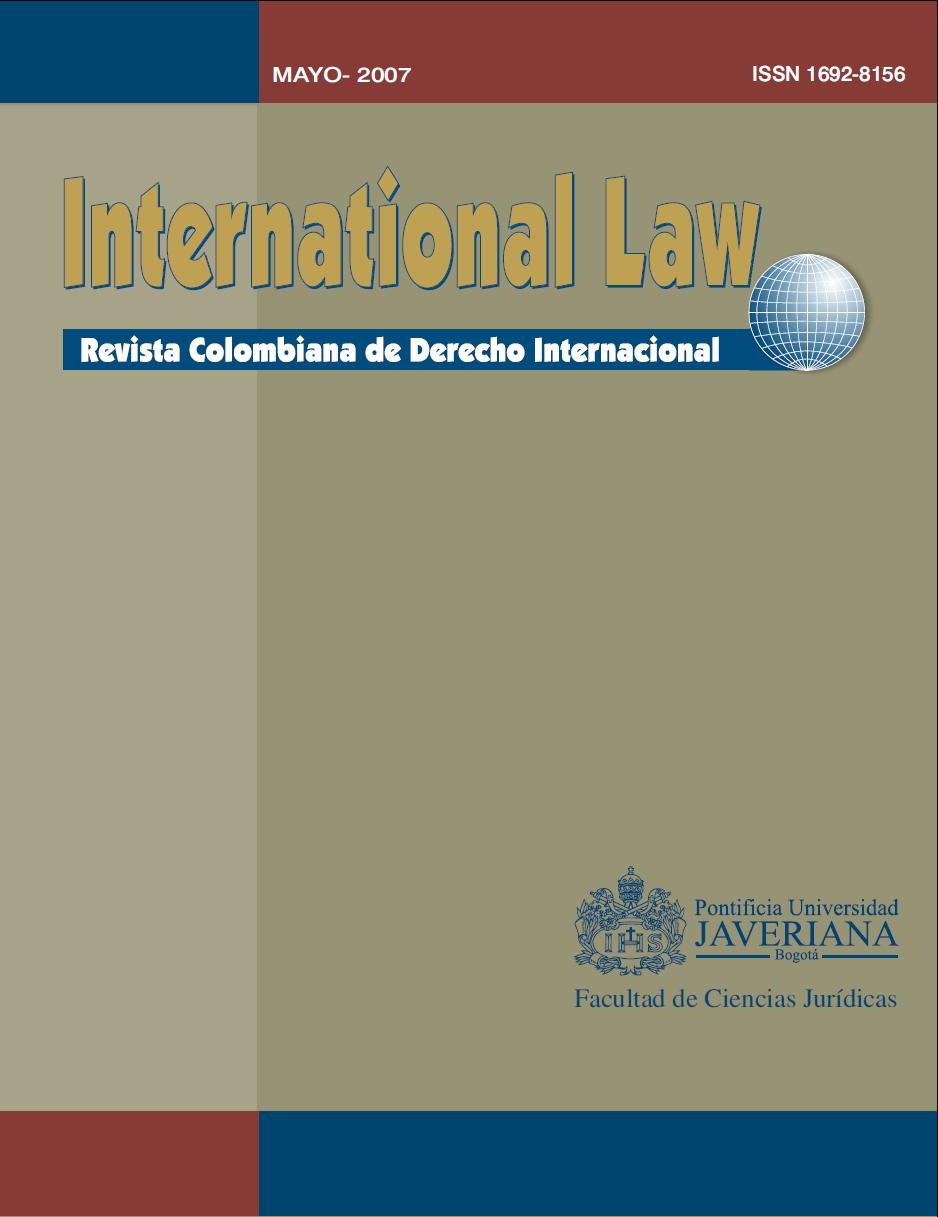Abstract
This article analyzes how power feminism, a mainstream feminist trend in international legal discourse, was incorporated into the Colombian legal system through the process of design and discussion of indicators to measure the Colombian government’s compliance with the Constitutional Court’s orders regarding internal forced displacement in the country. To do so, this paper examines the participation of Corporación Sisma Mujer, one of the most well-known Colombian women’s rights NGOs, in the debates inside and outside the Constitutional Court that led this Court to adopt a battery of indicators to track internally displaced women’s effective enjoyment of rights, and in general a women-sensitive approach to forced displacement. To unveil the theoretical foundations of Corporación Sisma Mujer’s interventions and strategies before the Constitutional Court, this article combines a theoretical approach with documentary research and interviews. Nancy Fraser’s paper Rethinking the Public Sphere, and Janet Halley, Prabha Kotiswaran, Hila Shamir and Chantal Thomas’ concept governance feminism constitute the basic theoretical framework. Documents drafted by Sisma Mujer and Constitutional Court decisions that accepted, appropriated and transformed Sisma’s claims are analyzed through the lens of Fraser and Halley, Kotiswaran, Shamir and Thomas’ theoretical contributions. Interviews with Sisma’s staff, and with other relevant actors complement what is found in documents and judicial decisions.This journal is registered under a Creative Commons Attribution 4.0 International Public License. Thus, this work may be reproduced, distributed, and publicly shared in digital format, as long as the names of the authors and Pontificia Universidad Javeriana are acknowledged. Others are allowed to quote, adapt, transform, auto-archive, republish, and create based on this material, for any purpose (even commercial ones), provided the authorship is duly acknowledged, a link to the original work is provided, and it is specified if changes have been made. Pontificia Universidad Javeriana does not hold the rights of published works and the authors are solely responsible for the contents of their works; they keep the moral, intellectual, privacy, and publicity rights.
Approving the intervention of the work (review, copy-editing, translation, layout) and the following outreach, are granted through an use license and not through an assignment of rights. This means the journal and Pontificia Universidad Javeriana cannot be held responsible for any ethical malpractice by the authors. As a consequence of the protection granted by the use license, the journal is not required to publish recantations or modify information already published, unless the errata stems from the editorial management process. Publishing contents in this journal does not generate royalties for contributors.


